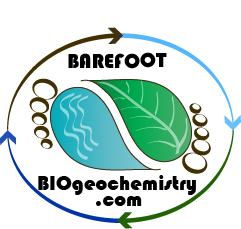Searching for the Holy Grail of gamma spectroscopy knowledge in the USA (and making some friends along the way)
September 2016 Author Ceylena Holloway
First stop, the University of South Florida. Dr Donny Smoak and Joshua Breithaupt showed me their Gamma dating facilities that have been dating sediments from near and far including the Everglades, Mexico, Cuba, Africa and Brazil for approximately 14 years. Dr Smoak and I continued previous conversations and investigations held at the National Marine Science Centre, Australia, regarding increasing Gamma instrumentation efficiency and sediment profile optimizing techniques.
Part of my time at the University of South Florida, involved visiting the facilities of Dr Brad Rosenheim at College of Marine Science. Dr Rosenheim uses naturally-occurring stable isotopes and radionuclides to explore areas such as carbon cycling and climate change. A highlight of visiting Dr Rosenheim facilities was seeing his “dirt burner” (temperature pyrolysis/combustion system) that is used for radiocarbon dating of sediments.
For myself as a coastal biogeochemist, no trip to Florida would be complete without visiting a mangrove forest. Dr Ryan Moyer, Principal Investigator of the Coastal Wetlands Research Program at the Florida Fish and Wildlife Research Institute, Dr Kara Radabaugh and graduate student Emma Dontis took me to two mangrove restoration sites in Hillsborough Bay, Tampa, Florida. The first being quiet young (<10 years old) and thriving due the co-planting strategies that facilitate mangrove forest development. Here we did a quick biomass survey while avoiding a hornets nest and catching dragonflies. The second site visited is approximately 25 years old and clearly creating an ecologically diverse habitat on the fringes of an anthropogenically modified suburban wetland.



